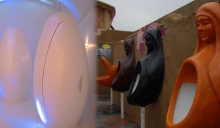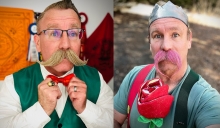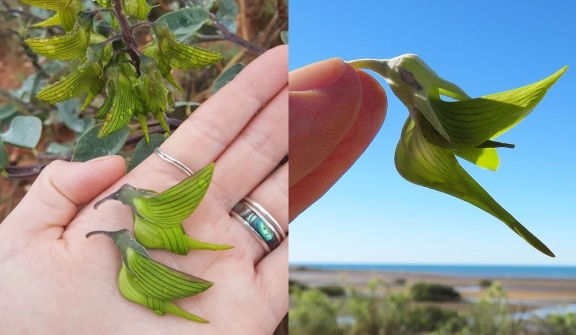
When photos of the birds were first posted on the internet, there was a great rush to find out where they came from.
These are actually flowers known as bluebirds or regal birds. Its scientific name is Crotalaria cunninghamii. It is a member of the legume family, the same family as chickpeas and alfalfa.
When photos of the birds were first posted on the internet, there was a great rush to find out where they came from. These are actually flowers known as bluebirds or regal birds. Its scientific name is Crotalaria cunninghamii. It is a member of the legume family, the same family as chickpeas and alfalfa.
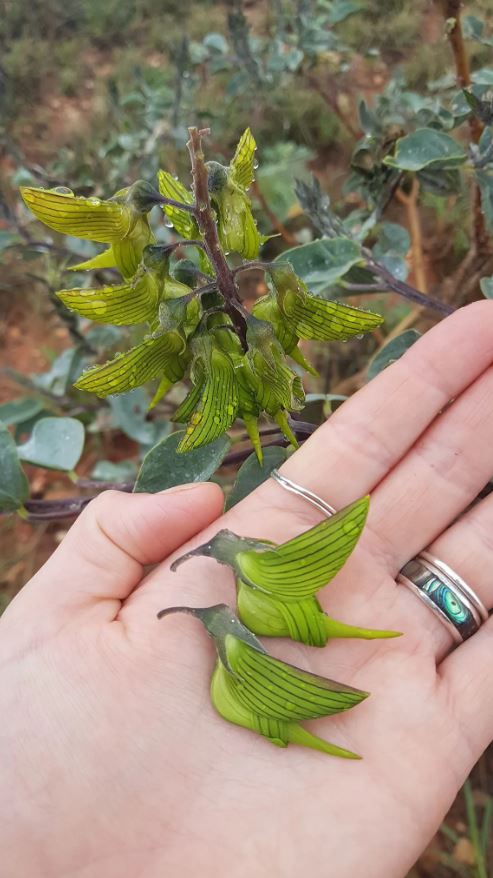
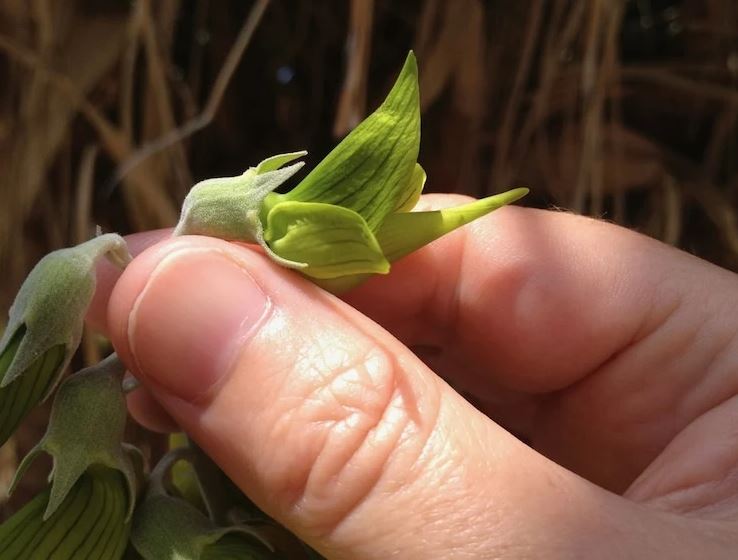
Bluebirds grow year-round in the dense bush in the sand dunes of northern Australia. The shape of the flower is like that, but it has nothing to do with hummingbirds, and there are no hummingbirds here!
Many people have speculated that flowers evolved in this way to adapt to the environment. However, according to scientists, this is not the case. Perhaps native Australians bred flowers to resemble birds?
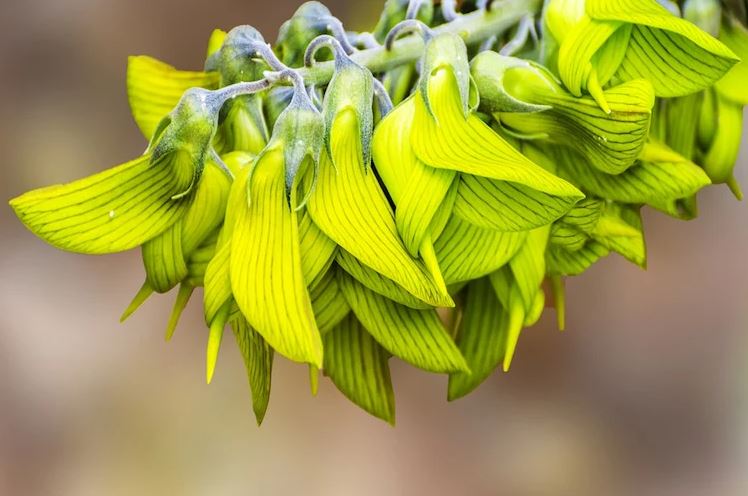
The bluebird was so prized by the Aboriginal Australians that they would not pick it for decoration. It was used as a medicinal herb and Aboriginal people used it as an eye wash to fight infection.
In fact, its shape is due to the properties of the legume. Many Papilionaceae flowering plants are irregular five-petaled flowers with one large petal on top. Paired with Crotalaria cunninghamii, the large petals are like the wings of a bird, very beautiful and fancy.
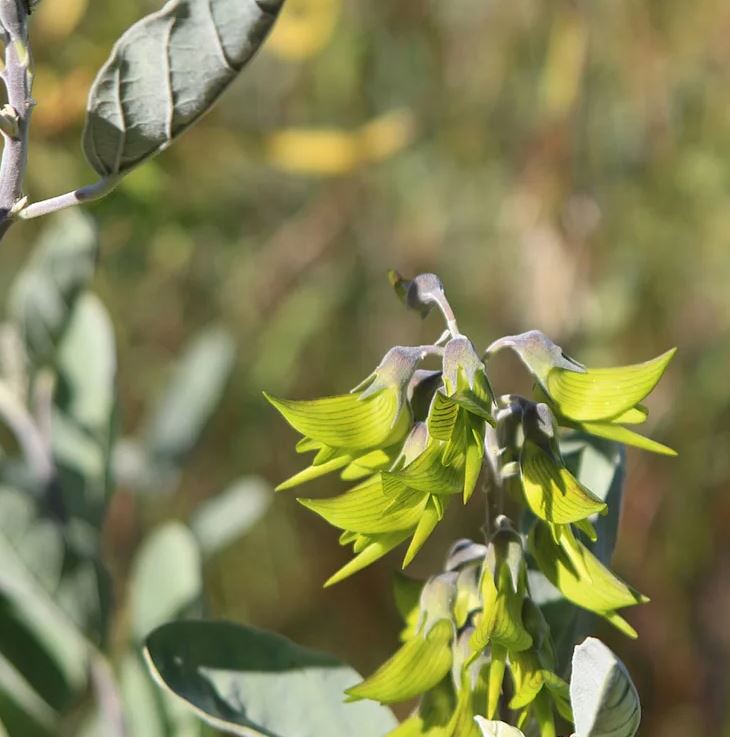
Anyone who saw this strange flower thought it was a bird. Seeing a whole bouquet of flowers bloom is like a flock of birds with their beaks open. But if you look closely at each flower, each petal is like an unfolded pea pod, right?


